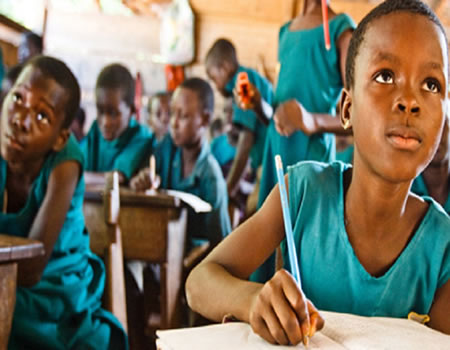ON Tuesday February 11, 2020, the world marked the International Day of Women and Girls in Science. It is a day set aside by the United Nations for reflections on the place of women and girls in science and the need to work towards an improved access to technology and science, in order to boost the numbers of female scientists.
According to the United Nations’ observances on the International Day of Women and Girls in Science, in spite of the tremendous efforts of the global community in the past 15years, only about 30 percent of researchers are women worldwide. The UNESCO data (2014-2016) further revealed that only around 30percent of female students choose Science- affiliated courses in higher education. These statistics show that women and girls enrollment and practice in science needs improvement globally.
To rise to the 21st century challenges, the place of women is non-negotiable. There is a need to harness the full potential. Improved participation of women and girls in science, and gender equality, are vital for the achievement of Sustainable Development Goals by 2030. This entails tackling headlong the age-long biases and gender stereotypes discouraging their involvement.
As the world marked the 5th International Day of Women and Girls in Science Day on Tuesday, it is an opportunity for Nigeria to reflect on the importance of science and technology to the attainment of development. We should look at the (un) available data on human resources in medicine, anatomy, physiology, Archeology etc. of female students and practitioners and rise to the challenges of improving the teaching and learning of the sciences.
There has to be concerted efforts to encourage science education at all educational levels. The 6-3-3-4 system of education was designed with emphasis on science and technical education but the implementation is poor so far as the annual budgetary allocations and the policy document are not commensurable. High number of schools lack laboratories while the few lucky ones have little or no equipment, even manpower, to facilitate the acquisition of knowledge in science.
In the face of the humbling statistics of out-of-school children in Nigeria which Girls constitute over 75%, the establishment of Girls Science Secondary Schools has not been significant in exposure of girls to study of sciences. As it is with the common schools, the special colleges and institutions are not well-funded. They also pale in numbers to cater for provision of this kind of education in contrast to the growing figure of girl-child in Nigeria. The combination of these factors leads to frustrations for aspiring female student scientists and abandonment of their ambitions. We are not doing well either in providing an enabling environment for women researchers, too.
However, as the international community gathered to mark this special day again, Nigeria should defeat complacency and put in place pragmatic measures to help the girl-child learn the sciences so as to enable the rise in numbers of female researchers towards building a socially, economically and technologically developed nation.
- Ibraheem Abdullateef,
@egghead_1995






